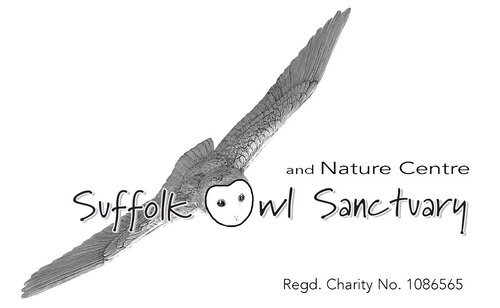Back in July a juvenile Marsh Harrier was brought to the Sanctuary by Stephen Hall, who found the bird with a damaged wing over at Blythburgh near Southwold on the Suffolk coastline - an area prevalent with reed beds & marshland which form the natural habitat for this rarely-sighted species.
After a trip to the vet for a check-up it was verified the wing was broken, the severity of which usually determines the chances of a full mend & recovery. In this case it was deemed likely that after some lengthy rest-&-recuperation time at the Sanctuary, the bird stood a chance of survival and this indeed proved to be the case. Nevertheless, as Marsh Harriers are very sensitive birds, great care had to be taken that our charge to ensure it was not stressed during the treatment & rehabilitation period, so it was kept well away from the general melée in a secluded aviary at the edge of the centre.
So happily, a couple of weeks ago the Harrier was passed ready for release and was taken back to the place where it was found: here we met Stephen again, who carried out the release. Andy reports that the Harrier "flew strong", circled a few times and then - surprise! - was joined by another Harrier.
Stephen experiences the satisfaction of releasing a wild bird back to its natural habitat
Mr Hall said "I would like to thank Suffolk Owl Sanctuary for their expertise and work in getting this bird back to full health,and also allowing me to have the chance to be involved in the release of such a beautiful creature back into the wild"























































